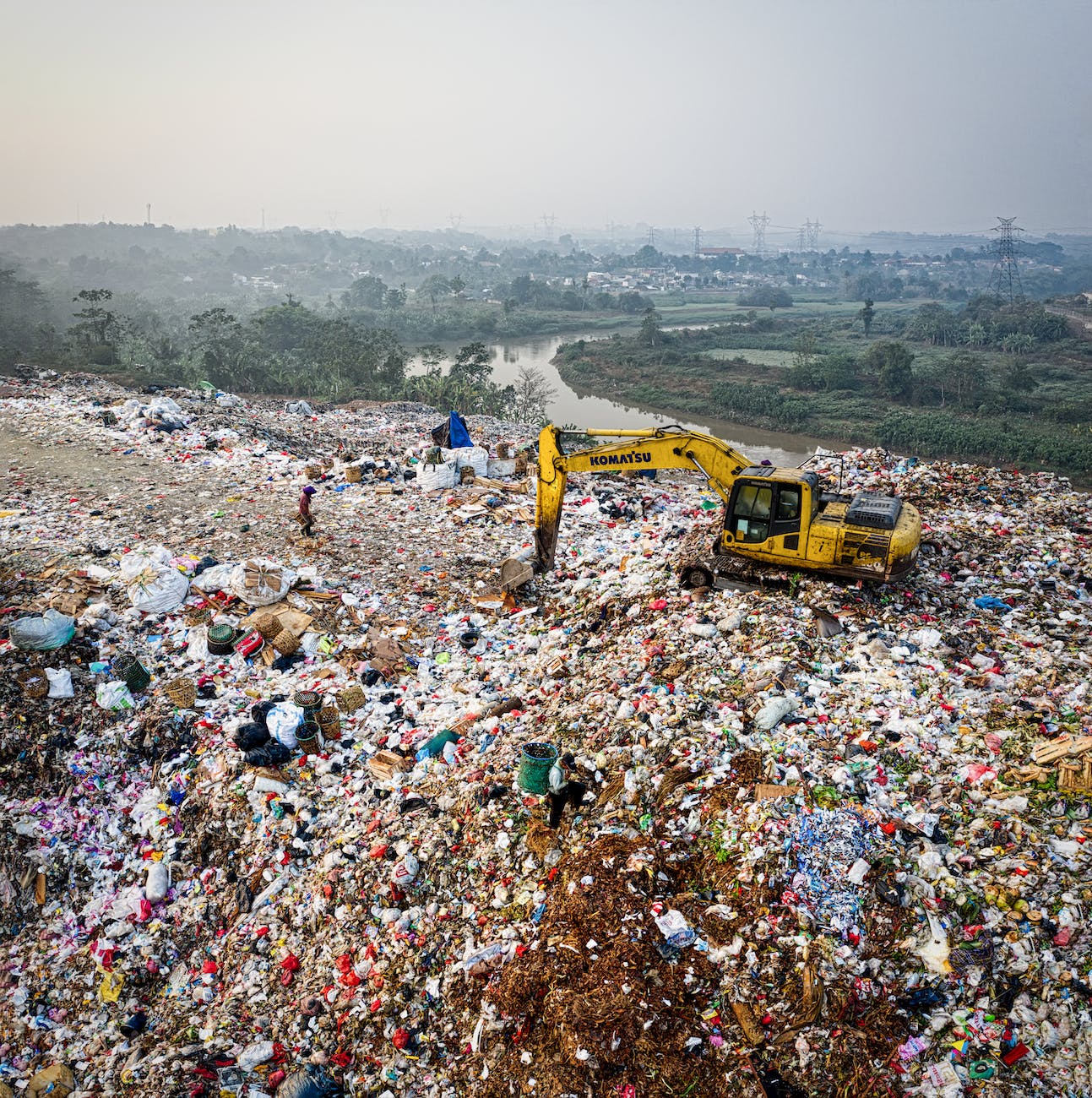You’ve surely heard about single-use products (plastic bottles, take-out containers, etc…) and efforts to eliminate them. But what about no-use products? Yes, NO-use. Looking at the clothing industry alone, the statistics are shocking.
Purchased But Never Worn
Have you ever had an item sit in your closet unworn – maybe with the tag still on? One survey suggests that 65% of us have unworn clothing in our closet, to the tune of 26 unworn items on average. These items include clothes we own for “sentimental” reasons, such as gifts, as well as items we purchased on a whim before realizing they didn’t fit or we had no use for them.
But, believe it or not, we as consumers aren’t the biggest source of the no-use clothing problem. It is, in fact, the brands that are at fault.
Never Even Sold
Do you remember the statistic I’ve cited multiple times before that 85% of clothing ends up incinerated or in landfills? Well, a massive portion of that is no-use clothing straight from the brands. In fact, 30% of the clothing produced is never sold. Let that sink in for a minute. In addition to all of the t-shirts that are produced and worn only 7 times on average, 30% of clothes are never worn.
Why Does It Matter?
I’ve already addressed some of the issues with fast fashion (fast fashion brands not being the only culprits here but certainly they are big players) from human rights abuses to pollution. Having clothing that is never worn only exacerbates these issues.
Taking a step back, there is evidence that brands destroy (often by burning) their unsold stock to protect the brand. Luxury brands and fast fashion brands alike, do not want to devalue their products by selling at deep discounts or donating clothing so instead they destroy it.

When clothing is burned, the environmental impact of that article of clothing is exacerbated through the release of greenhouse gasses in the burning process. When clothing is landfilled, the result is similar as landfills contribute to methane emissions.
What’s Next?
We already know that regulations are starting to change. I wrote about the EU ban on destroying returned and unsold clothing. But we need more regulation and faster. Brands also need to produce less. Maybe they do it through better forecasting. Maybe they do it by including more on-demand production. Maybe, and this is my favorite option, they do it by implementing circularity into their business model and relying more on resale, repair, and other income sources instead of relying solely on production of new items. Consumers also need to be part of the equation. We need to call out brands for this behavior. We need to battle overproduction by limiting our own overconsumption. We need to rely more on second-hand and other options.
A lot of what I write about is how consumers can act to change their own behaviors around clothing consumption, but without brands reducing production, nothing will change. It’s going to take a combined effort of governments regulating change, brands stepping up to lead the charge, and consumer demand for some of these cycles to end.
